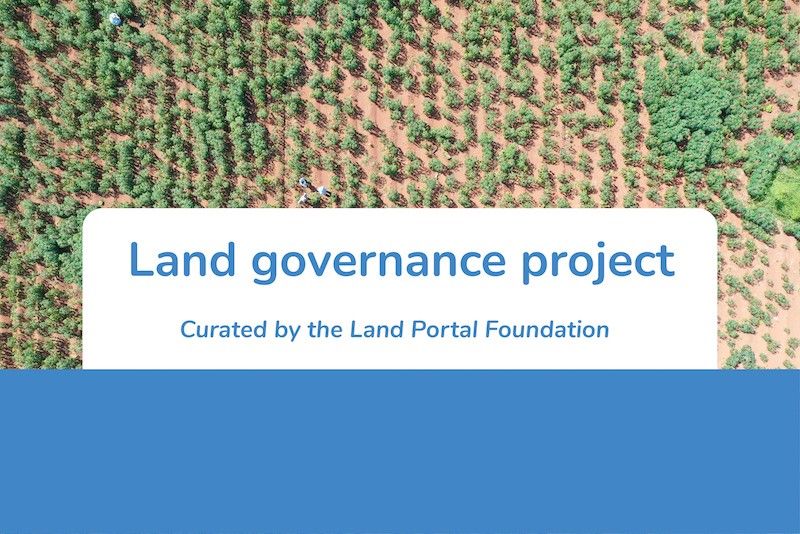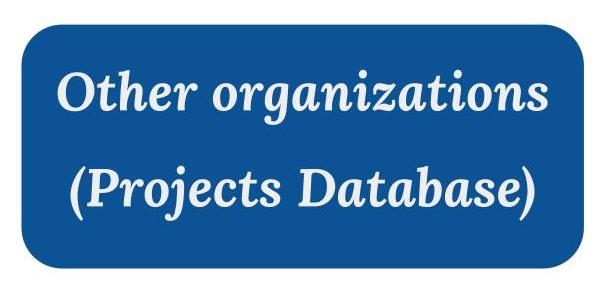Community / Land projects / CGIAR Initiative: AgriLAC Resiliente: Resilient Agrifood Innovation Systems in Latin America and the Caribbean
CGIAR Initiative: AgriLAC Resiliente: Resilient Agrifood Innovation Systems in Latin America and the Caribbean

€3532715.875
04/22 - 03/25
Active
This project is part of
Implementing Organisations
Donors
Data Providers
General
The US$2.5 trillion annual funding gap in meeting the SDGs by 20301, which includes a US$300–350 billion annual shortfall in investment needed to transform food and land use systems2 and a US$598–US$824 billion shortfall in investment in biodiversity3, tells us that we are failing to help agrifood systems (AFS), especially those in LMICs, thrive in a world threatened by growing global health, environmental, and planetary crises. The 2021 UN Food Systems Summit (UNFSS) and COP26 called for urgent action if we are to close on these global climate and SDG targets by 2030.
The Glasgow Leaders’ Declaration commits 137 countries — including the seven selected AgriLAC Resilient countries — to halt and reverse forest loss and land degradation by 2030, while delivering sustainable development and inclusive rural transformation. The UNFSS received 231 commitments globally to, inter alia, support development of AFS that, despite shocks and stressors such as conflict, climate change, and natural disasters, will succeed in delivering food security, nutrition, and equitable livelihoods for all.
To deliver on these commitments, LMICs need assistance to legislate net-zero targets, design feasible transformation pathways for the sectors involved (especially livestock) and realign policy and economic incentives to steer AFS in the right direction. The AgriLAC Resiliente Initiative will do precisely that in seven of the most climate-vulnerable and conflict-prone countries of Latin America and the Caribbean (LAC).
Opportunities and challenges in LAC are substantial. LAC biodiversity and forests play key roles in global environmental sustainability, ranking among the top 6 of the 10 ten most- biodiverse countries in the world — featuring 23% global forest coverage, 36% CO2eq stock kept in forests, 33% total volume of renewable water resources. However, LAC agriculture — driven by desperation, poverty, inefficiency, and inequality — uses 33% of LAC land area, nearly 75% of its freshwater resources, and generates almost 50% of its greenhouse gas emissions (GHGEs)— 70% of which from livestock.
The scale of the problem is alarming. Despite consistent food production surpluses and extensive food export, 83 million people in LAC are poor and 53 million are hungry (FAO & CEPAL, 2020). Fifty-one million rural people and US$28 billion in crop and livestock production are exposed to climate hazards, particularly drought and climate variability (floods, hurricanes). In Central America, poverty, unemployment (~30 million4) and conflict drive incessant out-migration (primarily rural out-migration), burdening the resources of neighboring HICs, primarily the United States. Smallholder farmers’ livelihoods depend on an ever-narrowing portfolio of crops: maize, beans, rice, and coffee; female farmers who account for at least half of all LAC food producers are frequently not recognized as farmers or decision-makers. Higher-up the chain, LAC reliance on a resource-intensive agriculture model pushes conventional livestock production to encroach on forests and arable land, exacerbating GHGEs.
AgriLAC Resiliente will harness decades of robust CGIAR and broader AR4D ecosystem research in LAC —including CCAFS, FTA, and WLE— offering an unprecedented opportunity to ensure this expertise, research evidence base and results —hereto dispersed across various CGIAR Centers and AR4D partnerships— are united to address these critical challenges.
By 2030, AgriLAC Resiliente will have helped seven LAC countries to design and deploy low-emission, resource-efficient pathways that (1) support the AFS transitions required to set LAC on track to meet 2030 UNFSS, SDG, and COP26 targets, and (2) increase the climate resilience of especially poor, rural farming communities to foster employment opportunities, keep youth in their own communities and reduce out-migration at its source. For this ambitious agenda we have designed a stepwise approach over two–three cycles (2022–2024, 2025–2030); an initial phase of understanding, testing, piloting, and early adoption in four central LAC countries (Guatemala, Honduras, El Salvador, Nicaragua), later expanded to include Colombia, Peru, and Mexico (2022–2024), will be followed by broader out- and upscaling, mainstreaming, and policy and incentive adaptation to cover more challenging (but also more potentially impact-generating) countries such as Brazil (2025–2030).


